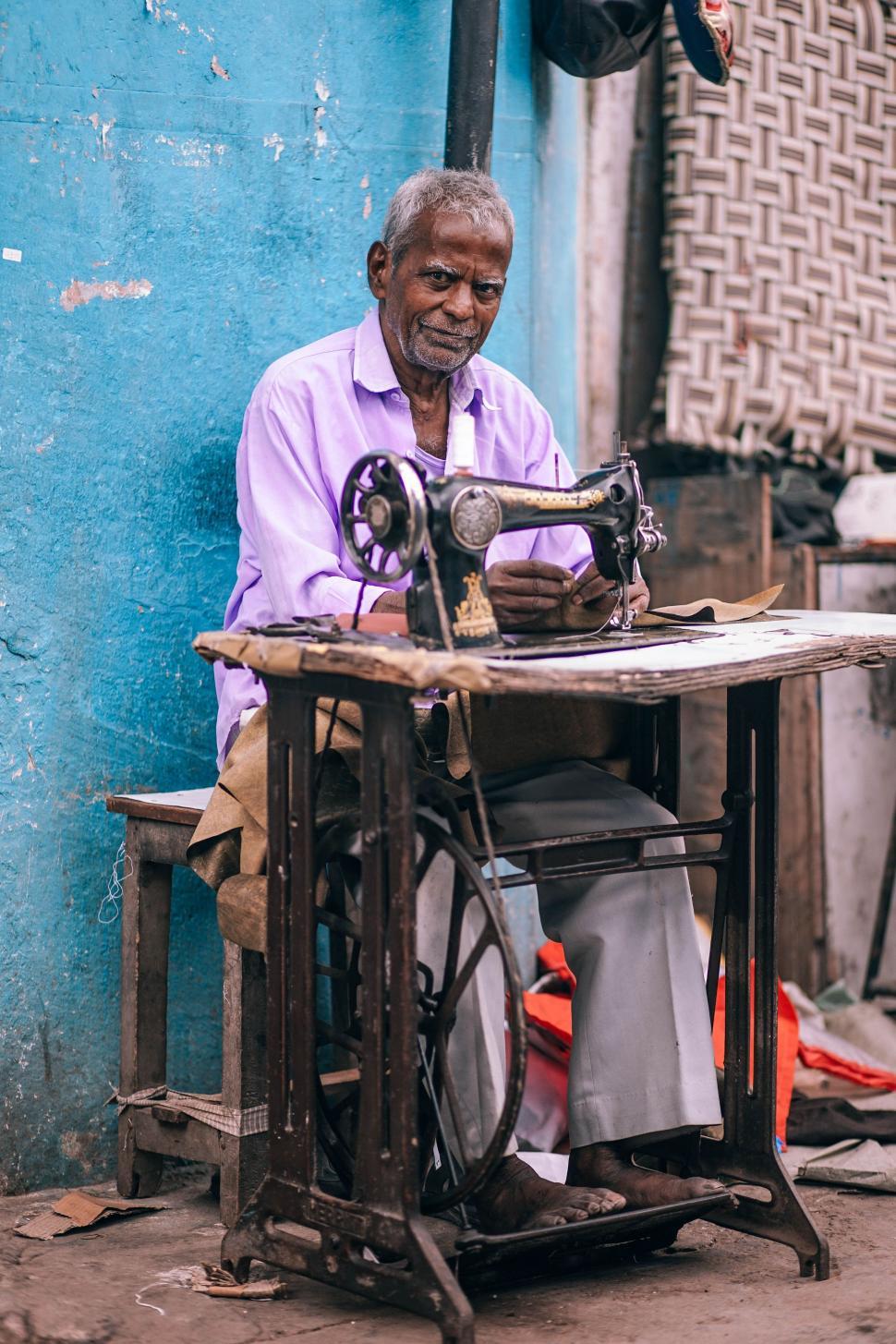Tailor Perth Excellence: Your Destination for Bespoke Tailoring
Tailor Perth Excellence: Your Destination for Bespoke Tailoring
Blog Article
Comprehending the Tailoring Process: From Fabric Option to Last Suitable for the Suitable Wardrobe
The tailoring procedure is an intricate interaction of art and scientific research, beginning with the critical choice of textile option and finishing in the specific modifications of final installations. Each fabric kind brings unique top qualities that affect not only the aesthetic appeal yet likewise the garment's durability and suitability for numerous events. Understanding the subtleties of customizing techniques can elevate one's closet to unmatched levels of refinement. As we check out these elements better, one need to think about how also the smallest information can substantially impact the total end result of one's individual style.
Importance of Textile Option
Picking the right textile is essential in the tailoring procedure, as it directly influences the comfort, durability, and general visual of the last garment (tailor perth). The option of textile establishes the structure for the garment's design, capability, and efficiency. Various textiles have unique properties, such as weight, stretch, and breathability, which can substantially impact just how the garment drapes and fits the body
Moreover, fabric option affects the garment's durability and simplicity of care. Top notch materials can stand up to deterioration, preserving their appearance and structure with time, while lower-quality products might result in pilling or fading. Furthermore, the best fabric adds to the garment's capacity to shift across celebrations and seasons, thus enhancing versatility.
A customized item made from a suitable fabric not just showcases workmanship but additionally boosts the wearer's confidence. Subsequently, comprehending the nuances of textile choice is critical for any kind of tailoring undertaking. It makes sure that the end product not only fulfills the aesthetic needs of the client yet likewise aligns with functional needs, consequently achieving an unified balance in between type and function in the tailored closet.
Types of Fabrics and Their Usages
Comprehending the various kinds of fabrics offered is vital for making notified choices during the customizing procedure. Each material has unique features that dictate its suitability for details garments and occasions.
Cotton, understood for its breathability and softness, is perfect for informal wear and summer garments. Its versatility enables it to be customized right into everything from t-shirts to outfits. Woollen, on the other hand, is favored for its warmth and framework, making it an excellent option for official matches and outerwear - tailor perth. Its all-natural flexibility helps garments preserve form with time.
Silk emanates luxury and is lightweight, making it perfect for eveningwear and delicate blouses; however, it needs cautious handling because of its frailty. Linen, with its textured surface, is a prominent option for warm climates, offering a crisp and airy feel, but it wrinkles easily, which may affect the garment's appearance.
Synthetic fabrics, such as polyester and nylon, offer durability and resistance to wrinkles, making them ideal for day-to-day wear and energetic garments. Understanding these fabric kinds and their homes permits better decision-making, making certain that each tailored piece not just fits well yet also lines up with the intended function and celebration.
The Tailoring Strategies Described
The art of tailoring counts on a selection of strategies that change textile into well-fitted garments. Central to this procedure is pattern composing, where a dressmaker produces design templates based upon the customer's dimensions and desired design. This preliminary action ensures that the garment will certainly fit the wearer correctly prior to any type of reducing occurs.
When patterns are established, you can look here reducing strategies enter play. Accuracy is vital as mistakes can bring about misfitting garments. Tailors typically use different cutting techniques, such as single-layer reducing for complex layouts and multiple-layer cutting for efficiency on basic patterns.
Basting is another necessary method, enabling dressmakers to briefly sew textile assemble for a preliminary installation. This approach provides the possibility to analyze the drape and general silhouette before last sewing.
Seaming techniques, consisting of french joints and flat-felled seams, improve the garment's longevity and visual appeal. Tailors also employ strategies such as interfacing and extra padding to provide framework and form to certain locations, like collars and shoulders.
Lastly, ending up techniques, consisting of hemming and edge finishing, make sure the garment's long life while providing a refined appearance. With each other, these techniques develop the foundation of reliable customizing, resulting in charming, tailor-made apparel.
Fitting Modifications and Factors To Consider

Key considerations consist of the shoulder fit, which must neither sag neither limit motion, and the sleeve length, which need to permit for comfy arm motion while maintaining a sleek look. Additionally, changes why not check here at the waist can refine the shape, with choices to let out or absorb material as needed.
The increase of trousers is an additional essential aspect; it should rest conveniently above the hips without creating discomfort, allowing for convenience of motion. Hemming lengths for both trousers and skirts ought to mirror the wearer's preferred design while appreciating proportions.

Preserving Your Tailored Apparel
Always comply with the care tag guidelines, which might suggest dry cleaning for fragile materials or maker washing for go to website more sturdy products. Prevent regular laundering, as this can wear down the fabric and modify the garment's form.
Storage space is similarly crucial; use padded wall mounts for jackets and coats to preserve shoulder structure, and store pants folded up nicely or hung to protect against creasing. Shield garments from straight sunlight, which can fade shades and damages fibers.
Furthermore, periodic inspections for minor repairs can avoid larger issues. Look for loosened buttons, tearing joints, or indications of moth damages, addressing these troubles quickly to keep the garment's honesty.
Finally, consider seasonal turning. Wearing customized items in moderation allows textiles to recuperate, prolonging their life-span. By executing these upkeep approaches, you can guarantee that your customized garments stay as immaculate as the day you first used them, enhancing your suitable wardrobe for many years ahead.
Final Thought
The tailoring process, encompassing fabric selection, competent strategies, and precise fitting adjustments, plays a crucial role in creating garments that enhance both comfort and design. Recognizing the relevance of upkeep prolongs the life of customized garments, solidifying their value in a well-curated wardrobe.
Picking the appropriate textile is critical in the customizing process, as it directly influences the convenience, durability, and total visual of the final garment. The selection of fabric establishes the structure for the garment's design, capability, and performance. Different textiles possess unique homes, such as breathability, stretch, and weight, which can significantly influence exactly how the garment drapes and fits the body.
The art of customizing depends on a variety of methods that transform fabric into well-fitted garments.The customizing process, encompassing textile selection, knowledgeable strategies, and precise fitting adjustments, plays a vital function in creating garments that boost both comfort and design.
Report this page